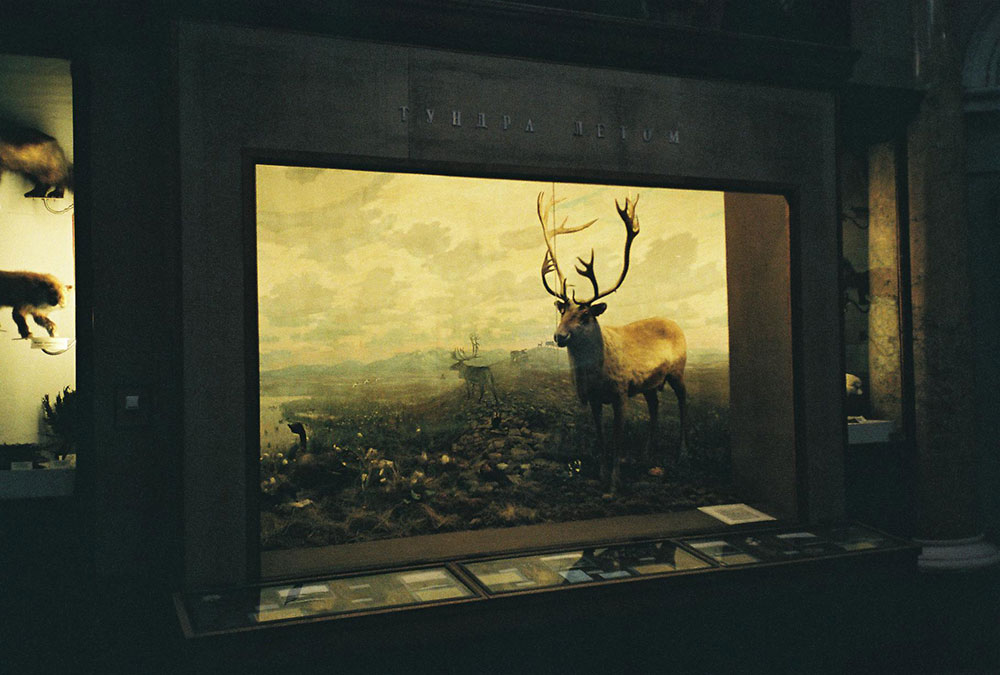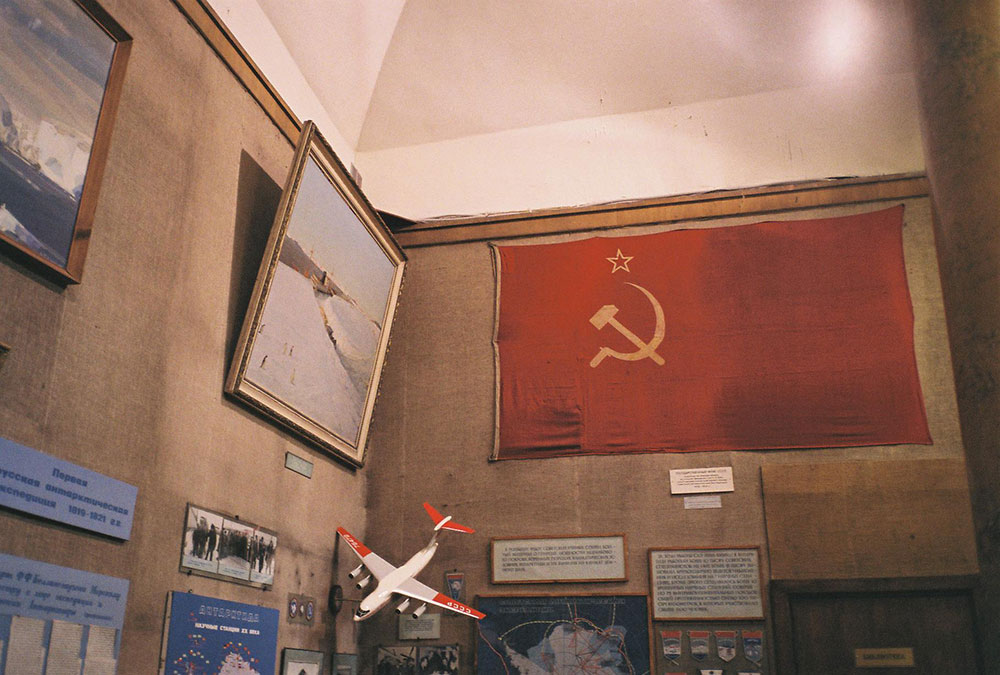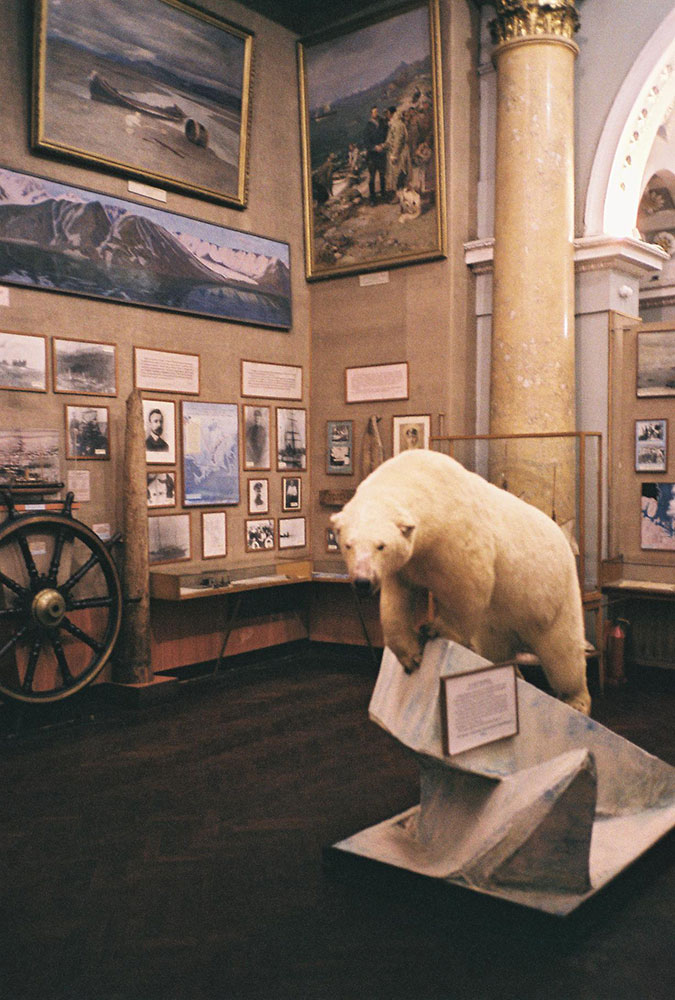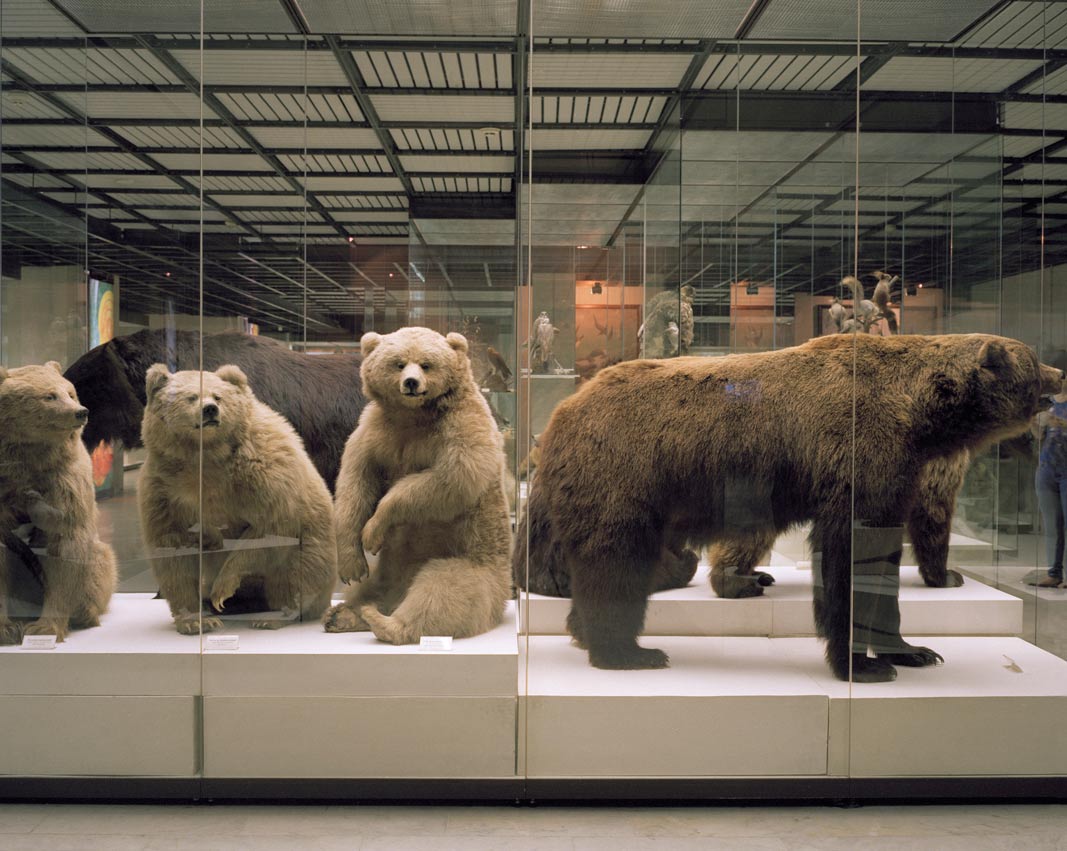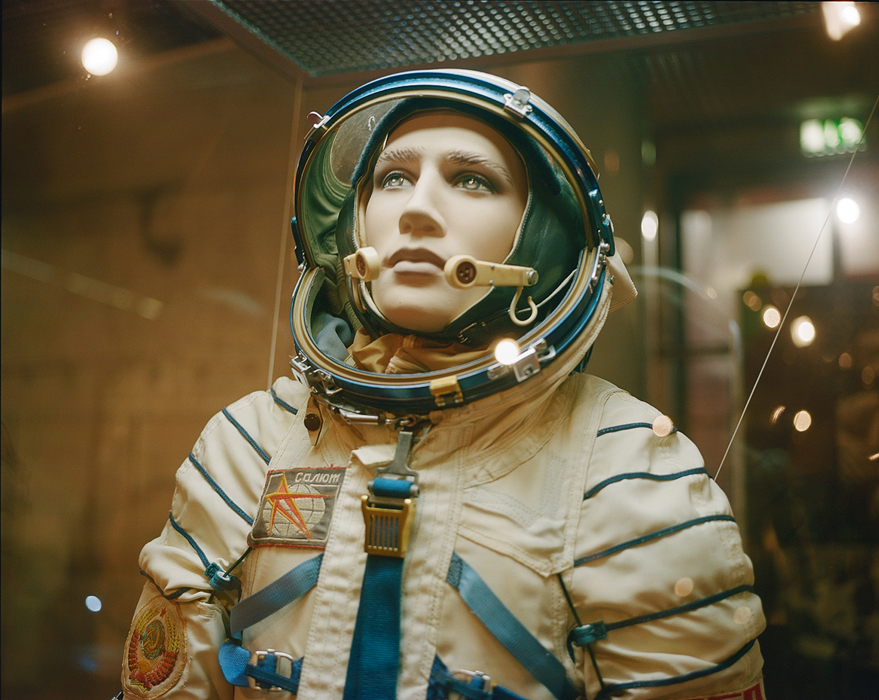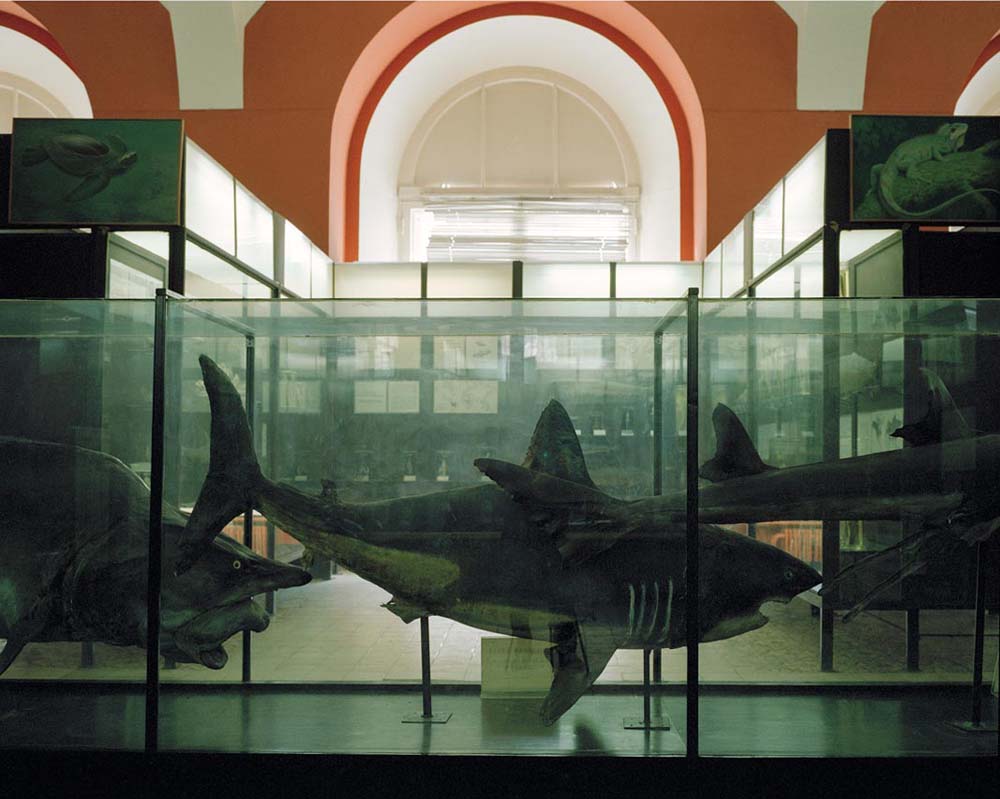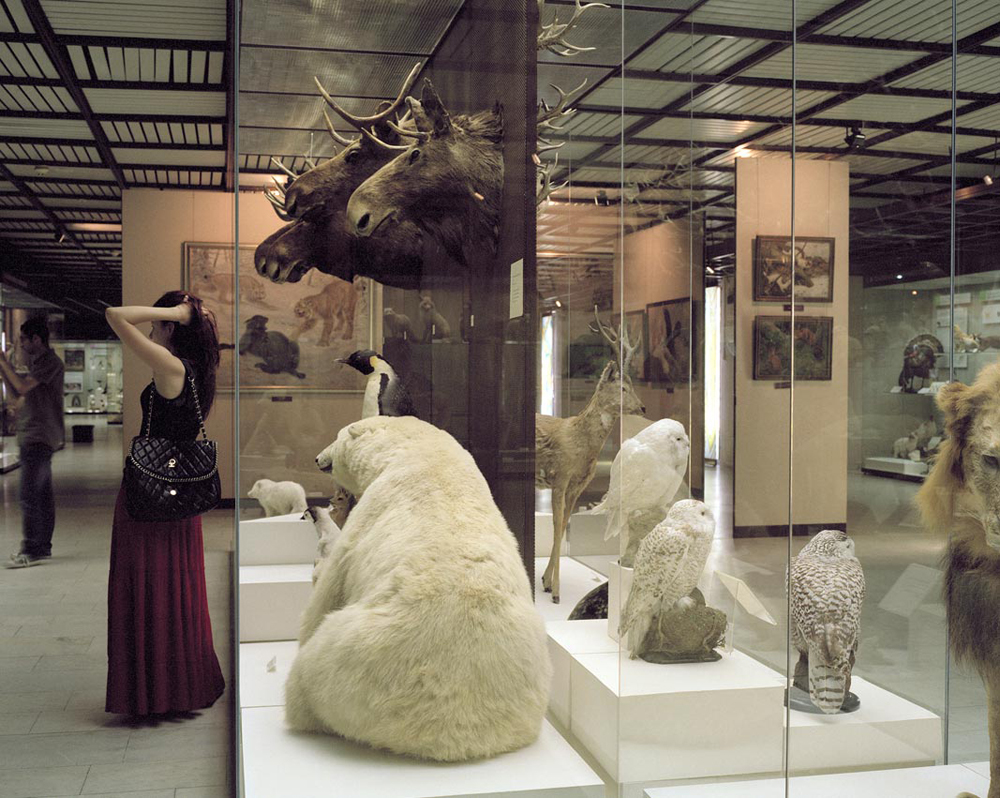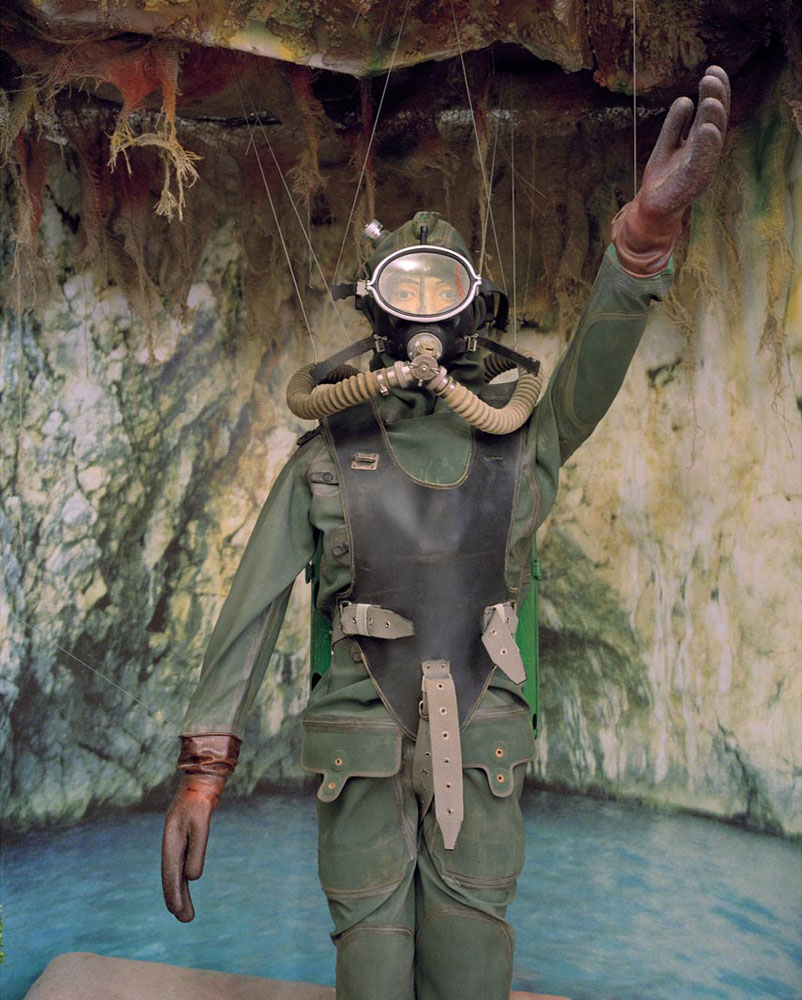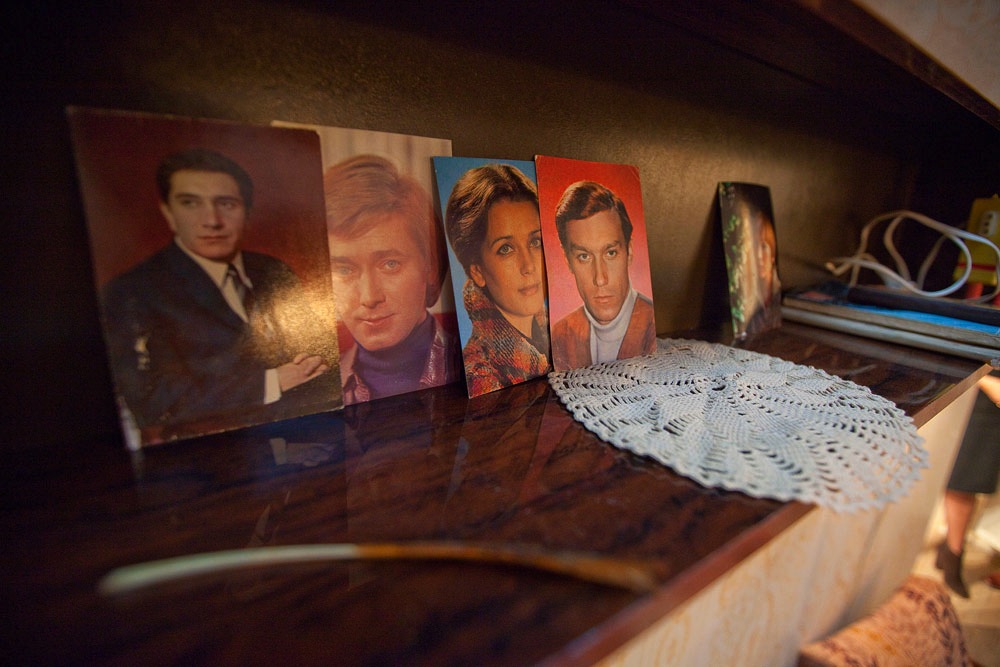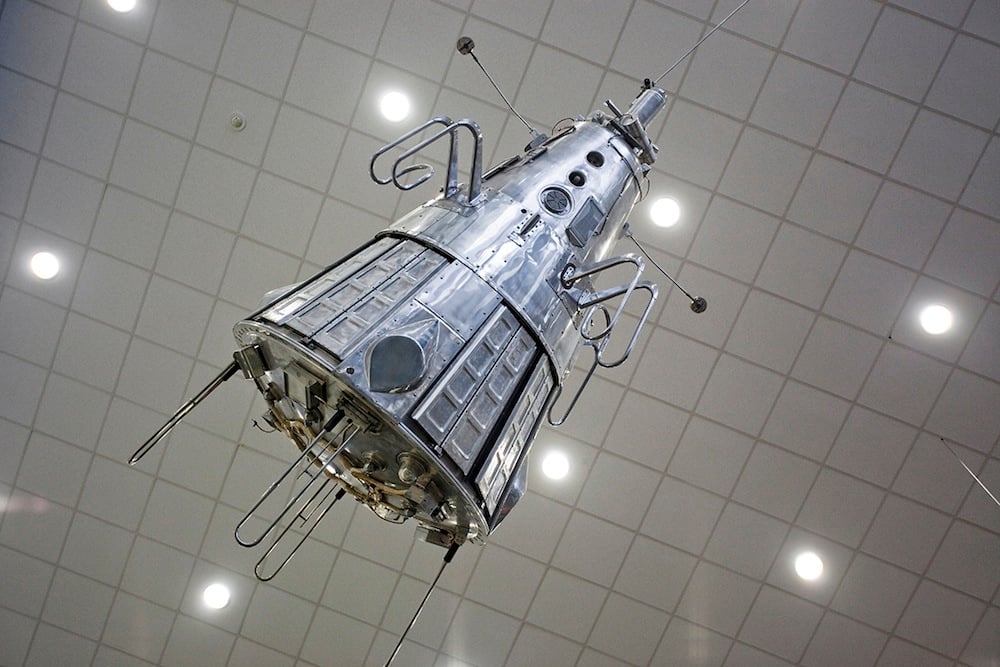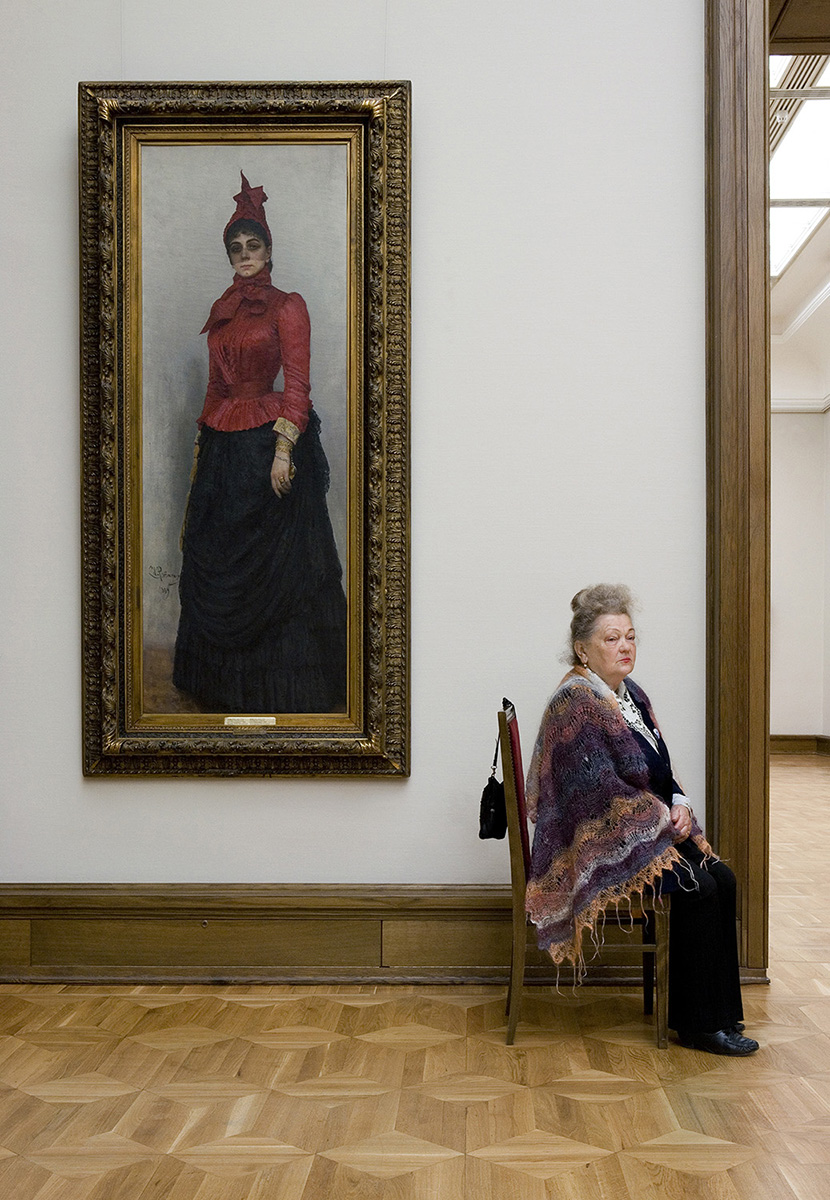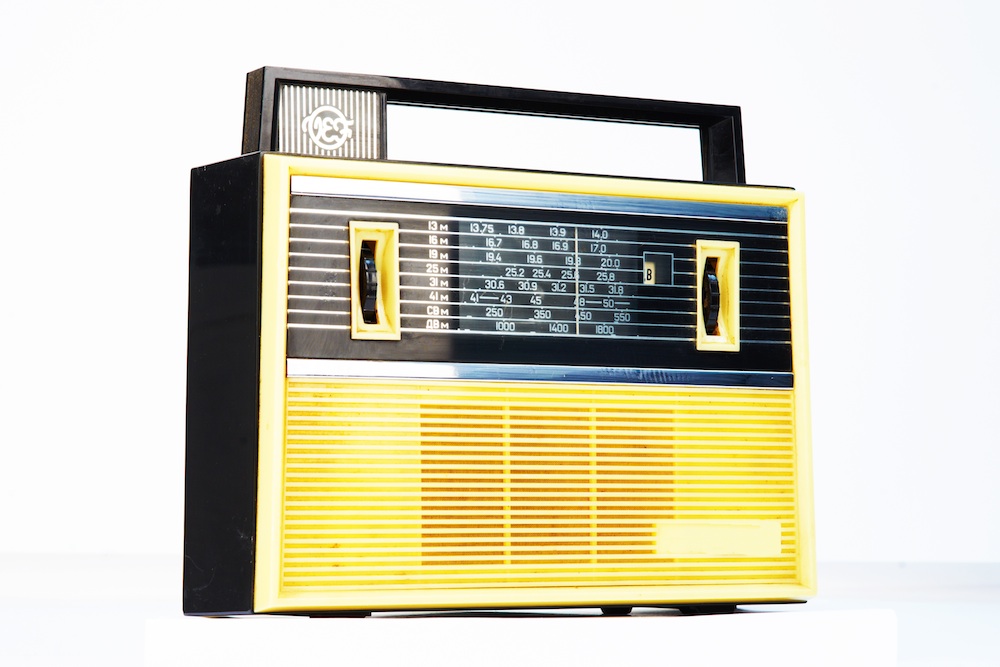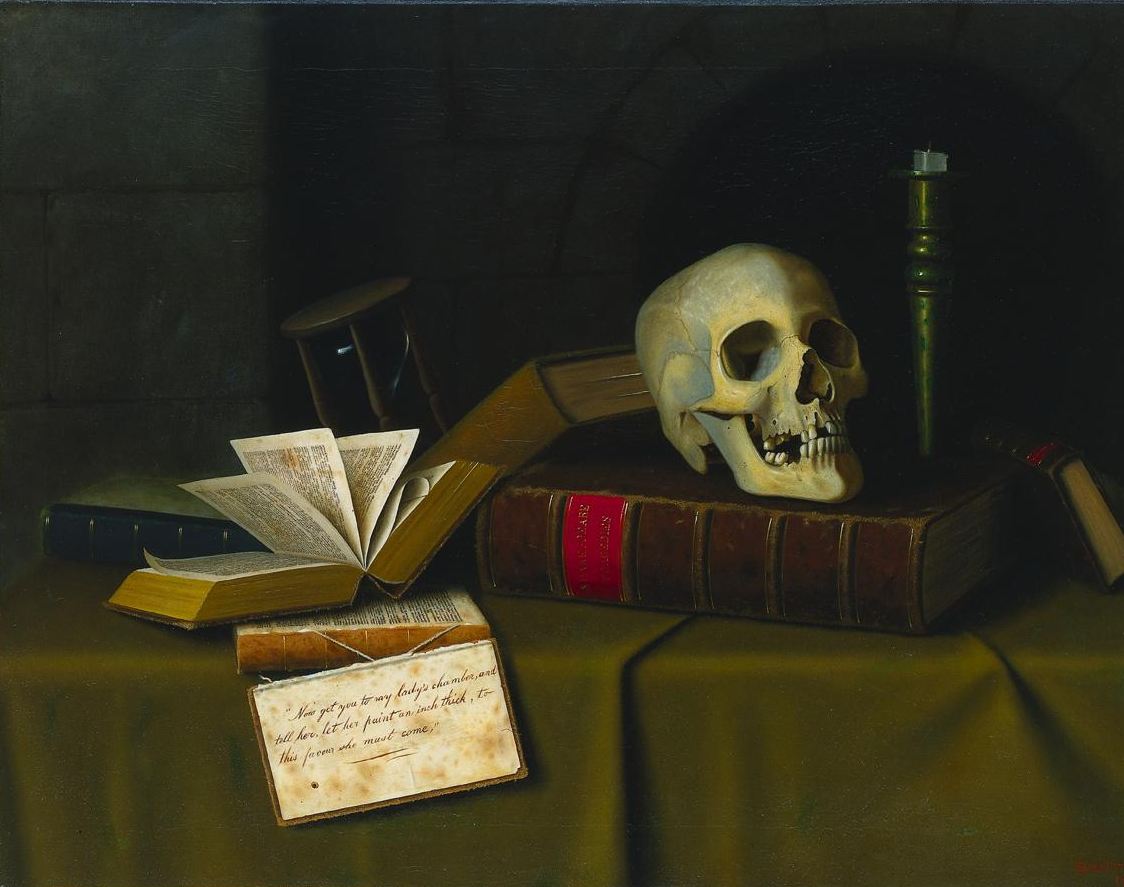Safe havens: celebrating Russia’s threatened Soviet museums

Relics of a bygone age, hundreds of museums survive almost unchanged from the Soviet era. As new threats to their survival emerge, Konstantin Budarin celebrates one of Russian life's paradoxical pleasures
In the Kirov Memorial Museum in St Petersburg there’s a diorama called Kirov in Khibiny. In this strange little installation the first thing you notice is the field of sprightly green cabbages. In their midst stands Sergei Kirov, the Bolshevik leader who Stalin murdered then practically beatified. Khibiny, you must realise, is up beyond the Arctic Circle — where it’s a tad cold for vegetable gardening. Kirov in Khibiny is thus a depiction of a miracle: the cabbages, nourished by the light of the Party, flourish in the socialist gardens of the Arctic.
To the discerning viewer, the diorama — the whole museum, in fact — is an entertaining embodiment of the mythos of the Communist Party and the heroic style of the Stalin era. The museum’s content is impossibly rich and varied, but the most striking thing of all is the contrast between the museum and the new reality surrounding it: it’s like an ideology-packed ark oblivious to the 21st-century flood around it.
State-run institutions are prone to this sort of inertia: it has probably just never occurred to anyone that something isn’t quite right here. And maybe this is for the best because there is no way that the Kirov Museum could be brought into the modern age. Imagine some progressive young reformer from the Ministry of Culture coming to visit: dioramas, Kirov, cabbages — what the hell is all this?
In fact it is something very important — but you need a very specific mindset to get the most from it, and from all the other Soviet-era museums still clinging on unchanged. They do not just store treasures, they are themselves precious relics of another time.
An architect acquaintance of mine recently told me, aghast, that the new director of the Lenin Museum in the leader’s old dacha outside of Moscow had (horror of horrors!) refurbished the toilets, disrupting the unique, custom-made and not entirely functional interior. For my friend, this was sacrilege: the museum is not a museum anymore, it’s more like an ancient temple, to be visited like the Parthenon: to observe the architecture and artefacts of a vanished cult. You wouldn’t go renovating the Parthenon, would you?
But the stasis in which these old museums have lived is now under threat. In 2010, then-president Dmitry Medvedev brought in the so-called “law on restitution” which recognised the Russian Orthodox Church’s claims to its former property, which includes many Soviet-era museums.
“Bird guano, walrus carcasses, tiny figurines — and all of it executed with a degree of care and attention that the Chapman Brothers would envy”
The Church, needless to say, has not been slow in making use of its new rights. In St Petersburg, the Museum of Urban Sculpture is already packing its bags, ready to vacate the Church of the Annunciation in the Alexander Nevsky Lavra. Next to go could be a location much loved by generations of Petersburgers: the Museum of the Arctic and Antarctic, housed since 1933 at the Nikolskaya Yedinovercheskaya Church in the city centre.
Museum management are confident they could relocate — but where to? Once you remove these displays from their original context — once you break up the Parthenon — then they cease to make sense: Socialist Realist paintings of Arctic explorers seem apposite in a deeply Soviet museum, but would be absurd in a new setting. Outside of their present context, the immaculate, timeworn 1930s dioramas of Arctic flora and fauna are conceivable only as part of a contemporary art exhibition. The bird guano, the walrus carcasses, the tiny figurines — and all of it executed with a degree of care and attention that the Chapman Brothers would envy.
Click here to see more of Lily Idov’s photographs of Russian museums
Stripped of these displays, or relocated into a new, anodyne space, the Museum of the Arctic and Antarctic would lose its essential charm as a sort of Stalinist-baroque cabinet of curiosities: where eclecticism reigns, where a whale-vertebra stool stands next to a chart of ocean infographics; where giant seascapes hang above a scalpel that an Antarctic explorer once used to remove his own appendix.
The architecture of the church itself is integral to this feeling of bizarre baroque. The ground floor, cut off from the classical domed roof by a new ceiling in the 1930s, lost its sense of Palladian wholeness and it now recalls the baroque architecture of 17th-century Rome — a fittingly weighty and earthbound accompaniment to the Stalin-era Arctic exhibition. The upper floor, in the clear, classical space of the rotunda houses the 1960s Antarctic display, its airy classicism matching the lofty hopes of the Khrushchev Thaw. All this would be lost with relocation.
“Those who feel no nostalgia for the Soviet Union have no heart; those who hope to restore it have no brain.”
Emmanuel Carrère begins his award-winning biography of controversial writer and politician Eduard Limonov with a quote from Vladimir Putin: “Those who feel no nostalgia for the Soviet Union have no heart; those who hope to restore it have no brain.” This paraphrase of Churchill is apposite for these museum-relics too: the Museum of the Arctic and Antarctic cannot be reopened in a new location, however much we love it, however nostalgic it makes us feel, because telling the story of the Chelyuskin expedition or Papanin using the same old language of the 1930s would be madness. But to find a new language, in a new space, would mean that nothing of the original would remain: the temple would be utterly destroyed.
The myriad museums spawned by the Soviet culture industry have survived largely because of their own lethargy. Like Lenin tucked up in his mausoleum, it is sleep which has kept them safe. Every now and again the question arises of what to do with the recumbent revolutionary, but there are only ever really two choices. Either you do nothing, or you bury him somewhere and forget all about him. And the same is true for the museums: inertia or oblivion, there is no other option.
